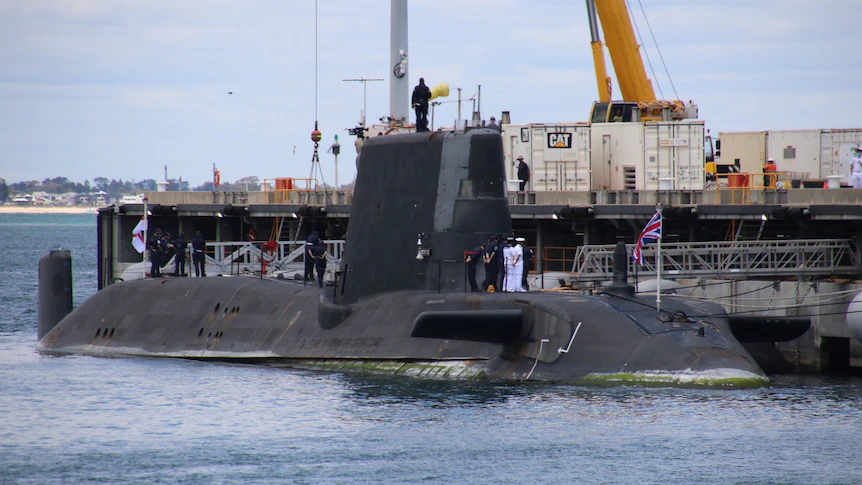The Aukus submarine program has been a topic of much debate and speculation in Australia since its announcement in September 2021. The program, which involves building and operating a fleet of nuclear-powered submarines, is estimated to cost over $170 billion and take decades to complete. However, many details of the program remain unclear, leading to concerns and questions about its feasibility, cost, and impact on Australia’s security and international relations.
According to Tom Corben, a foreign policy and defense research fellow at the United States Studies Centre at the University of Sydney, the Aukus program is still a “black box.” While some information about the program has been released, such as its focus on developing the next generation of submarines and the involvement of the United States and the United Kingdom, many critical details are yet to be revealed.

The fate of the Aukus program is expected to be learned soon, with the release of the program’s business case and cost estimates by the Australian government. This information will provide a much-needed insight into the program’s scope, timelines, and funding, helping to clarify some of the concerns and questions raised by experts and the public.
One key concern is the program’s cost, which is estimated to be one of the largest defense investments in Australian history. The government’s business case is expected to outline the funding model for the program and provide an overview of its economic benefits and risks.
Another concern is the impact of the program on Australia’s international relations, particularly with China. The Aukus program has been seen by some as a move to counter China’s growing influence in the Indo-Pacific region, and there are concerns about the potential for escalation and conflict.

Overall, the fate of the Aukus program is likely to have significant implications for Australia’s security, economy, and international relations. The release of the program’s business case and cost estimates will be a critical step in understanding the program’s feasibility, risks, and benefits and will provide an opportunity for public debate and discussion.


